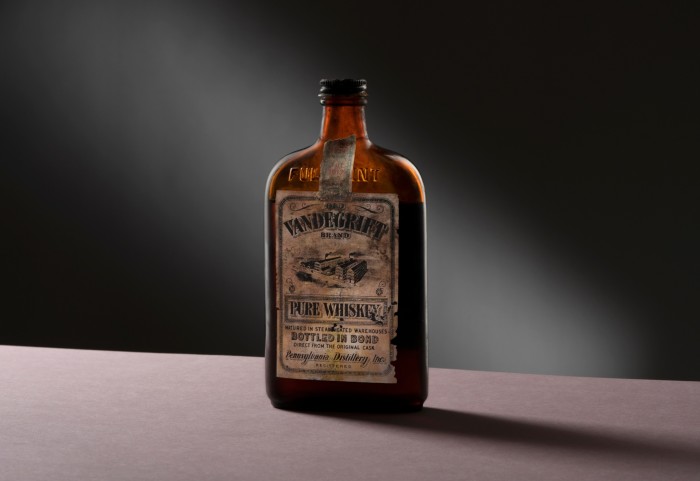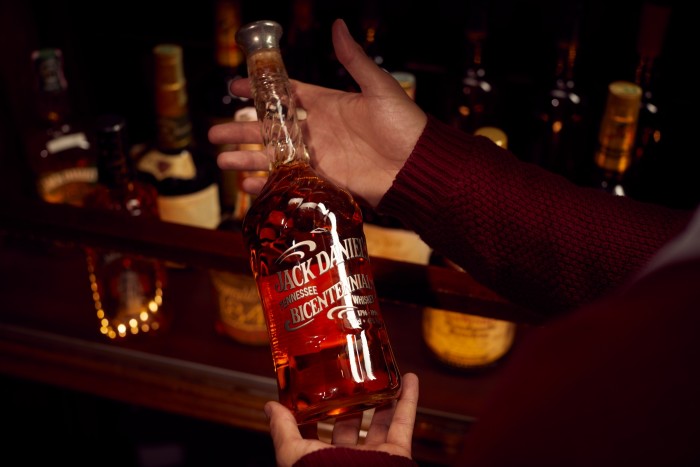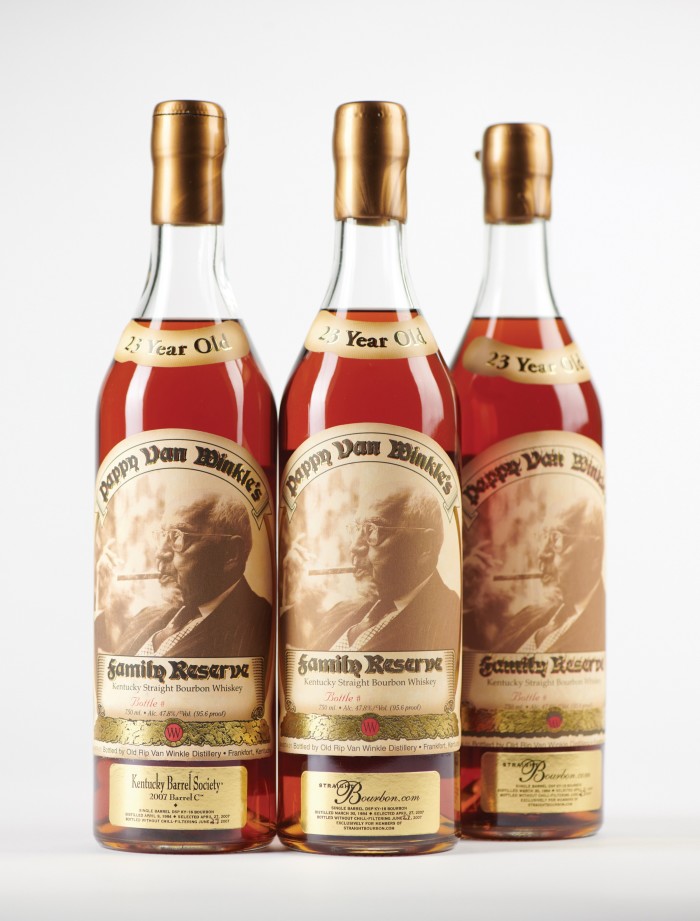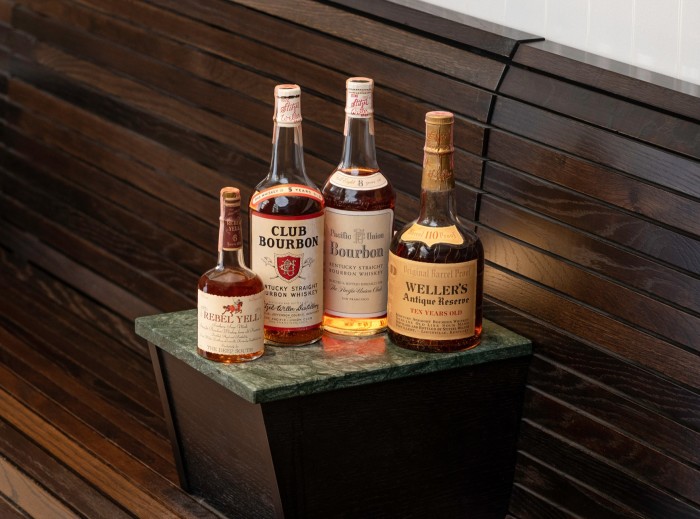Collectable whiskies with Prohibition spirit

Roula Khalaf, Editor of the FT, selects her favourite stories in this weekly newsletter.
One of the most spine-tingling whiskies I’ve ever tasted was a 1917 Old Vandegrift from the extinct Hammond Distillery in Indiana. Distilled before Prohibition, it was old – but not the oldest I’ve tasted. It was not the most delicious, either, if I’m honest. But for sheer historical aura, it trounced virtually every other whiskey.

It was among several I tasted in a sale preview organised last summer by Whisky Auctioneer – one of a small band of elite auction houses cornering the market in collectable American and Canadian whiskey. “We’ve seen a 12-fold increase in sales of whiskey from these countries since 2016,” says Joe Wilson, head curator and spirits specialist at Whisky Auctioneer. “Previously most of that interest was coming from the US, but now we’re seeing demand from all over the world.” The priciest bottle was a Van Winkle 1975 Special Reserve 19-Year-Old for £21,500. Whisky Auctioneer’s next sale in May will feature whiskies that are even older, including a 1903 Mount Vernon Rye.

Old may be romantic, but when it comes to investability, it’s Pappy Van Winkle all the way, says Charles Antin, global head of auction sales at Zachys Wine Auctions. “This isn’t because there isn’t other American whiskey out there, it’s simply that Van Winkle is the most plentiful at the highest sustained price.

“Beyond that there are adjacent brands such as Weller – thought of as ‘baby Pappy’ since it’s also a wheated bourbon distilled by the same folks; and older bottles of Old Fitzgerald, which were distilled by the Van Winkles at the Stitzel-Weller distillery.” Single-barrel “store pick” bottlings of otherwise common bourbons, and bourbons bottled specially for the Japanese market, are also sought after.

Part of the charm of the American market is that it’s young enough (and just about affordable enough) to be populated by genuine enthusiasts, says Sotheby’s spirits specialist Jonny Fowle. “Collectors will look for details such as the colour of pen used on the back label, most famously the green pen used on Willett Barrel Pick #618, known to enthusiasts as ‘Doug’s Green Ink’. There are also hyper-rare expressions of Willett with various colours of wax seal that draw high bids.” The most valuable Willett bottling sold at Sotheby’s to date was an old-style rye called LeNell’s “Red Hook Rye”, which sold for $43,750 at its first all-American sale last year; the next is on 19 March.
As you may have divined, establishing the bloodline of American whiskies can be tricky – brands changed hands, distilleries closed and were resurrected during the 20th century. Counterfeit and bootleg bottles from the Prohibition era also abound. So it pays to do your research – Whisky.Auction Magazine has a useful blog. “Each whiskey is like a Rubik’s Cube that you have to solve,” says Joe Wilson.
For many collectors, it’s the complex back story that makes the whiskies so very appealing.
Comments